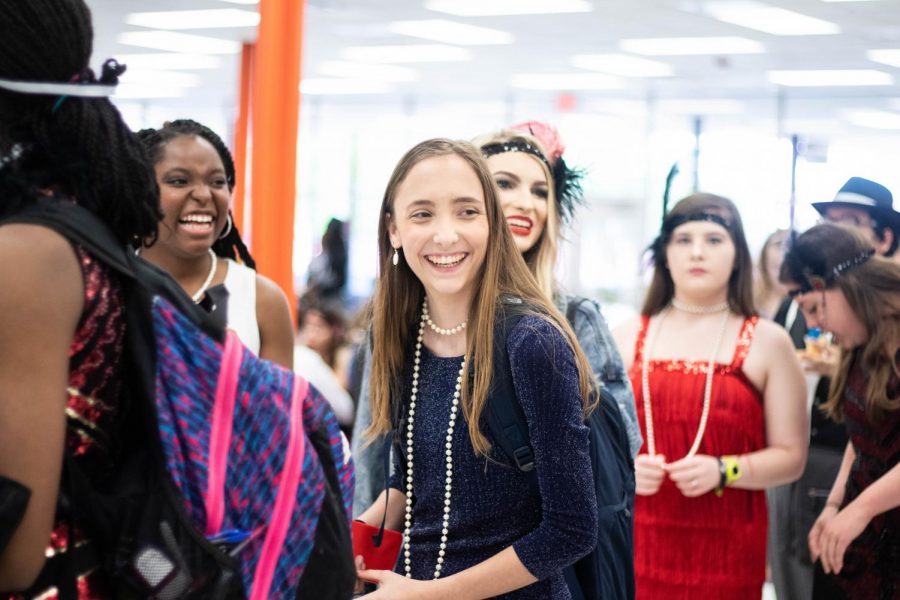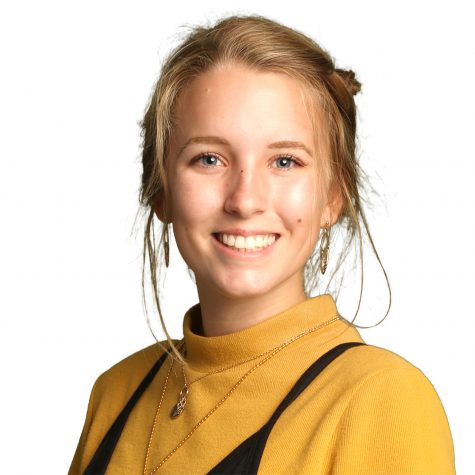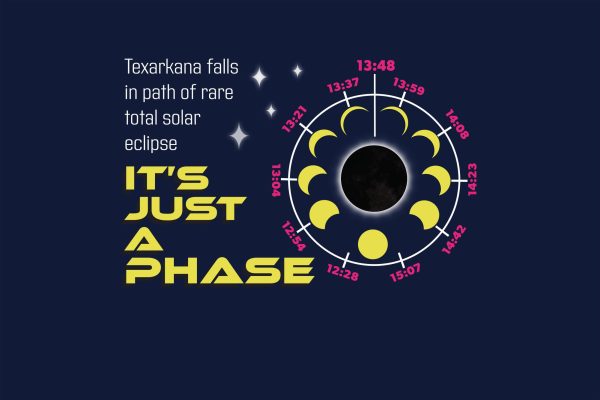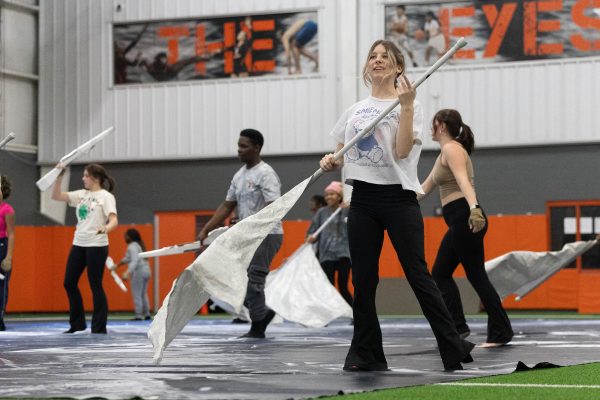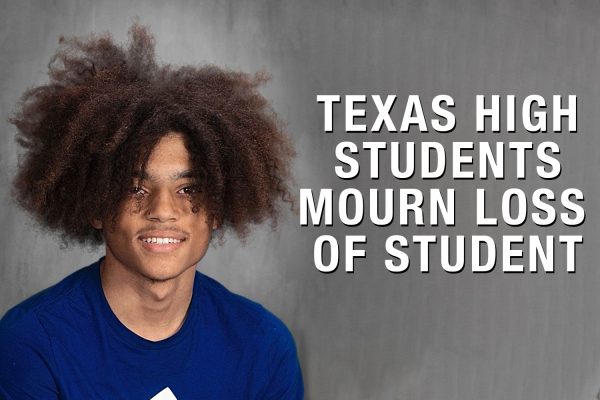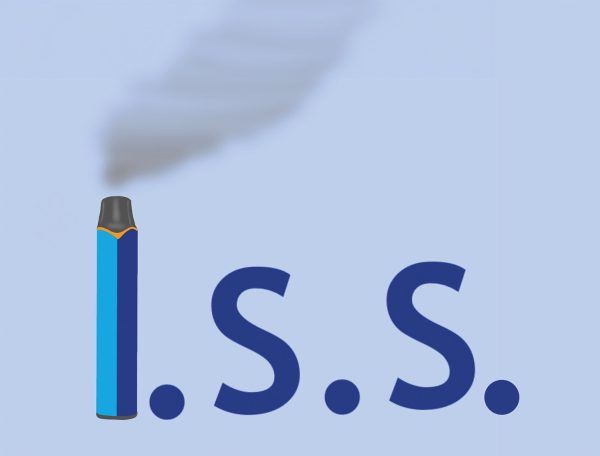The Roaring Twenty-First century
Backstory of the ‘Great Gatsby’ party
April 27, 2019
To the freshman, the day seems like a flashback far before their time. To sophomores, they come to expect this event. To juniors, they come to anticipate it. Year after year, juniors imitate the Roaring Twenties in their celebration of “The Great Gatsby.” But, to the students of today, the event greatly resembles Jay Gatsby himself, a great display of what the time period has to offer mixed in with a mysterious backstory.
The purpose of the party mirrors the parties depicted in the book. Gatsby Day is a time of celebration for the students, as guests at a party, except the juniors earned their invitation.
“Everybody in junior class starts with The Crucible and ends with Gatsby. And there’s a lot of variation in between,” English teacher Kara Wicks said. “We saw that it was a hard book, so we wanted to offer a reward. We want to celebrate it and make school fun and give something for everybody to be involved in, not just certain groups. That’s why we started it.”
For students who had attended Texas High from freshman year, the hype had built up since the first time they saw the upperclassmen in suits and dresses. The general attitude for the event is positive.
“Students come into junior year asking when it’s going to be, and when it comes close to time, they complain about doing it,” Wicks said. “But then, the day of, pretty much everybody is smiling.”
The first Gatsby Day was inspired by a tradition previously held by seniors in which they would chant the prologue from “The Canterbury Tales.” The idea of a grade exclusive tradition inspired the teachers to create the party.
“For 20 years, or more, the seniors would study Canterbury, and they would go around school chanting the prologue,” Wicks said. “That actually inspired Gatsby for us, that they had a tradition that seniors always did and we wanted to have that for juniors.”
However, once Gatsby Day had been born, the English department thought it was time to breathe new life into their Canterbury tradition. This created what is known today as Feast and Follies, the senior exclusive party centered around medieval concepts.
“Feast and Follies changed to Feast and Follies after the first Gatsby. Before that, there was a different tradition,” Wicks said. “After we did Gatsby a couple of times, they revamped the senior tradition and started Feast and Follies.”
The change was created to make the event more available to students. Instead of memorizing a prologue to participate, students simply had to look the part, opening the gates for more involvement. From there, Feast and Follies developed into its current state.
“It was just more accessible to everybody, and the other tradition of saying the prologue, all levels of English classes didn’t study Chaucer the same way that they used to, and so they wanted to make it more inclusive to all medieval literature,” Wicks said. “Then, with that change, they decided to do some different things like keeping everybody in the cafeteria and they do an eating competition and all kinds of stuff.”
But, Feast and Follies isn’t the only one that has evolved. Throughout its lifespan, Gatsby Day has experienced multiple advancements while remaining true to its original idea. These advancements come in the form of what the students do.
“It hasn’t changed a ton, but it’s really just a time to have a snack together, to get to see some projects,” Wicks said. “Every year, we’ve done a couple different things, like two years ago, somebody wrote a rap and we let them perform it at the party. That same year, somebody made a movie that we showed at the party. So, it’s really a place to showcase student work.
While the students are a large driving factor of the life of the party, the day would not be possible without the teachers who put it all together.
“It’s kind of a hectic day for teachers, because they have lots of people bringing in lots of stuff and checking them off,” Wicks said. “It’s kind of stressful to get everything together and hope that everybody behaves… It’s kind of hectic leading up to it, but it’s also just fun to be able to facilitate something for the students.”
Overall, Gatsby Day gives juniors a much needed break while giving underclassmen something to look forward to and something for seniors to remember.
“It’s something for kids to look forward to as a right-of-passage for junior year,” Wicks said. “Learning is fun and it should be celebrated.”


